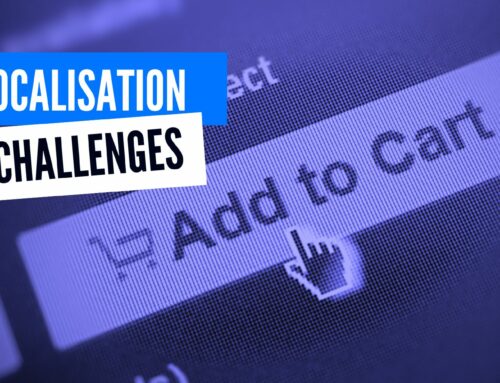As part of Digivante’s 7-part blog series on how to ‘Recession proof your ecommerce website’, this week we take a look at strategy 3 for ecommerce websites wanting to beat the recession and come out on top.
If you missed strategy 1 and 2, check them out here:
Strategy 3: Focus on mCommerce
The statistics around mCommerce are well known:
66% of customers on mCommerce in 2020.
2024 mCommerce expected to be greater than £100bn.
Tesco Clubcard was the 2nd most downloaded app on iPhone in 2021.
Today Asda Rewards has had almost 3 times more users than any other iPhone application.
However few companies have really understood what this means to them in detail. It really sits behind the fact that the burst model is required for QA due to the increased need for platform coverage. This is intensified if you are delivering to foreign websites as well.
A typical website will see 80% of it’s traffic coming from 252 different devices. Clearly some of these will be the popular ones, iPhone, Samsung etc., however even if you look at iPhone, right now, there are the following devices pretty heavy in the market:
- iPhone XS, XS Max, iPhone 11, 11 Pro, 11 Pro Max, iPhone SE 2nd Gen, iPhone 12, 12 Mini, 12 Pro, and 12 Pro Max, iPhone 13, 13 Pro, 13 Pro Max, 13 Mini, iPhone SE 3rd Gen, iPhone 14, 14 Plus, 14 Pro, 14 Pro Max
- IOS 15.6.1 and IOS 16.
So that’s 18 different iPhones with a combination of at least 2 OS, therefore upwards of 36 iPhone combinations.
However, statistically, you should actually cover iPhone 7 upwards which is still the 6th most popular phone.
With over 50% of traffic typically coming from mobile journeys, a smooth and optimised experience is important to maintain maximum conversion. So, do you really think you can script on coverage?
Certainly, as well as covering core browsers, most organisations struggle to maintain the latest devices internally and therefore are unlikely to get high levels of coverage on UK sites, let alone facilitating the more diverse requirements of foreign mobile platforms.
So, what we are talking about here is a large number of devices that are out there, that your team has never validated the user journey on. The likelihood is that there could well be issues on these devices, some major and some minor, but they will be affecting conversions.
How to address this challenge can come in the form of a range of options:
Purchase devices internally, ensure they are kept up-to-date and use an alternative team to complete the testing, such as customer services.
a. Pros: Keeps things inhouse, devices can be managed, unexpected learnings.
b. Cons: Has a cost, easy to forget in the rush to go live.
Outsource to automated system.
a. Pros: Cost effective for the latest devices.
b. Cons: Need to review the results, need to manage the solution, defect fixing (perhaps the hardest element), not a ‘real life experience’.
Look at using a crowdsourced ecommerce testing services company.
a. Pros: Real life experience, little input required.
b. Cons: Additional cost, may worry internal team.
Following on from the focus on mCommerce, next week’s strategy will really dive into the detail for really getting the maximum benefit from your platform. If you can’t wait, we have a handy downloadable eBook guide which runs through the 7 tips and tricks drive improved conversions and new revenue lines from your QA team, with actionable changes you can make today.






